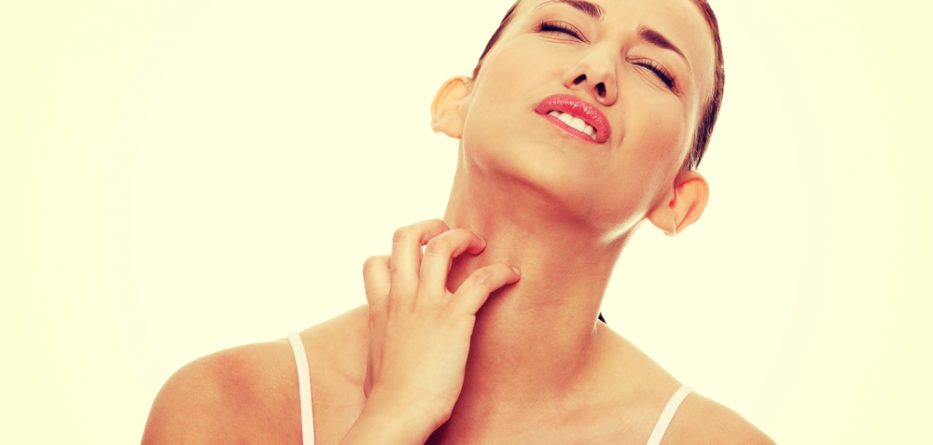There are various forms of treatment for varicose eczema, all of which are aimed at improving the condition of the skin, treating the symptoms, and improving blood circulation.
Usually, patients with varicose eczema will be put under a long-term treatment plan that combines several different techniques. These include self-help techniques, emollients (moisturizers), topical corticosteroids, and compression stockings.
Varicose Eczema Treatment: Self-help Strategies
The following self-help techniques may be able to reduce the symptoms of varicose eczema and help prevent further problems from developing:
- Avoid injuring the skin as much as possible; injuries to the skin may lead to the development of ulcers
- When sitting or resting, have your legs propped up so that they are above the level of your heart; this can be done with the help of a footstool and/or pillows and will help reduce swelling
- Stay physically active; this will improve circulation, as well as help you to maintain a healthy weight
- Keep moving; fluid can build up in the lower legs when the body is at rest for too long; moving around helps to keep blood flowing and muscles working
- Flex your feet, do toe raises, and bend at the knees on a regular basis
Varicose Eczema Treatment: Medications and Stockings
Emollients are moisturizing therapies that are applied directly to the skin to reduce water loss, which is more effective if covered with a protective film. What type of emollient you need will depend on the degree of dryness of your skin. Emollients can come in the form of ointments, creams, or lotions. Emollients should be used at least twice daily when dealing with varicose eczema.
Topical corticosteroids can also help with varicose eczema. Unlike emollients, they should only be applied to the affected areas. Most topical corticosteroids are only applied once a day and the strength of them will depend on the severity of eczema symptoms. Topical corticosteroids should be applied after the emollient has penetrated fully into the skin.
Compression stockings are specially designed to create a steady squeeze on your legs to help with circulation. They encourage blood to flow upwards as they are tightest at the ankles and gradually become looser the higher up the leg. Compression stockings are meant to improve blood flow and reduce pressure in the veins. They should be put on first thing in the morning and taken off just before getting into bed.
Featured image: piotr_marcinski via DepositPhotos




